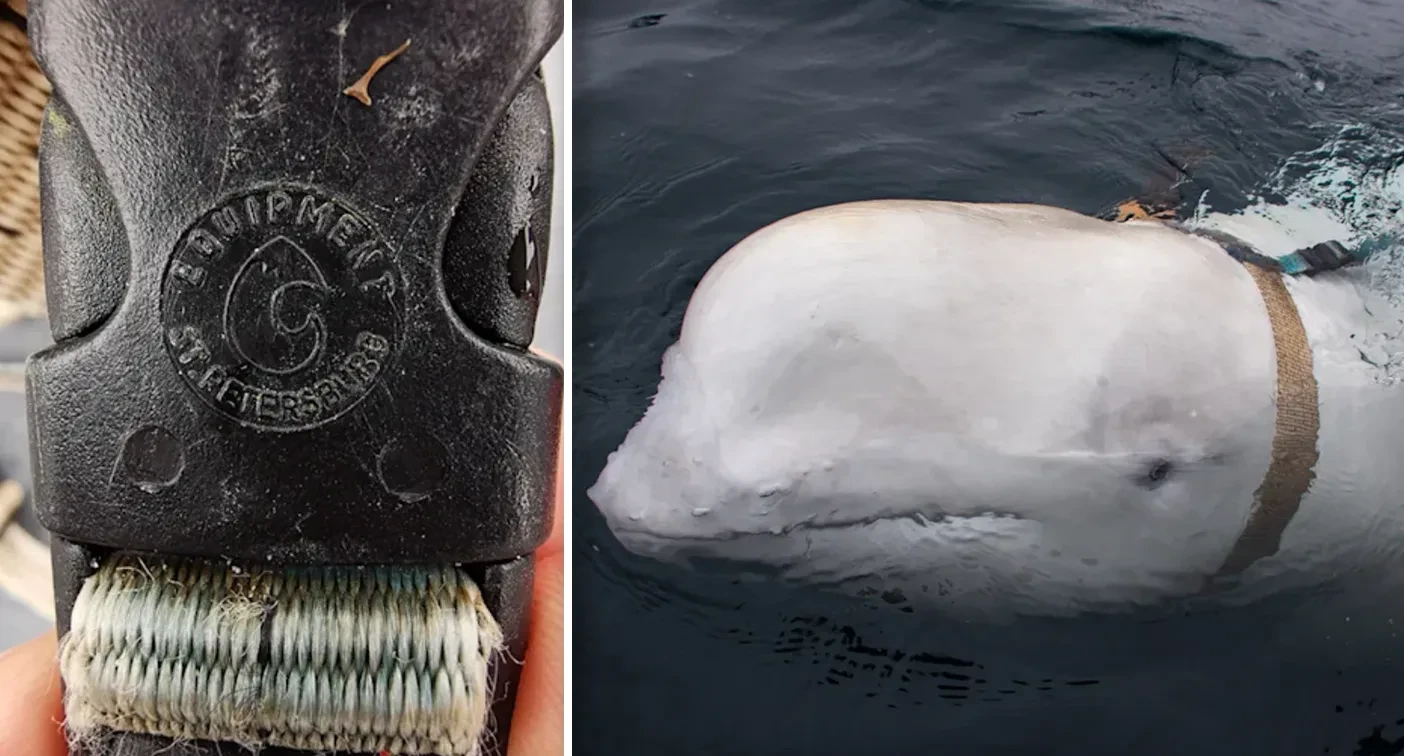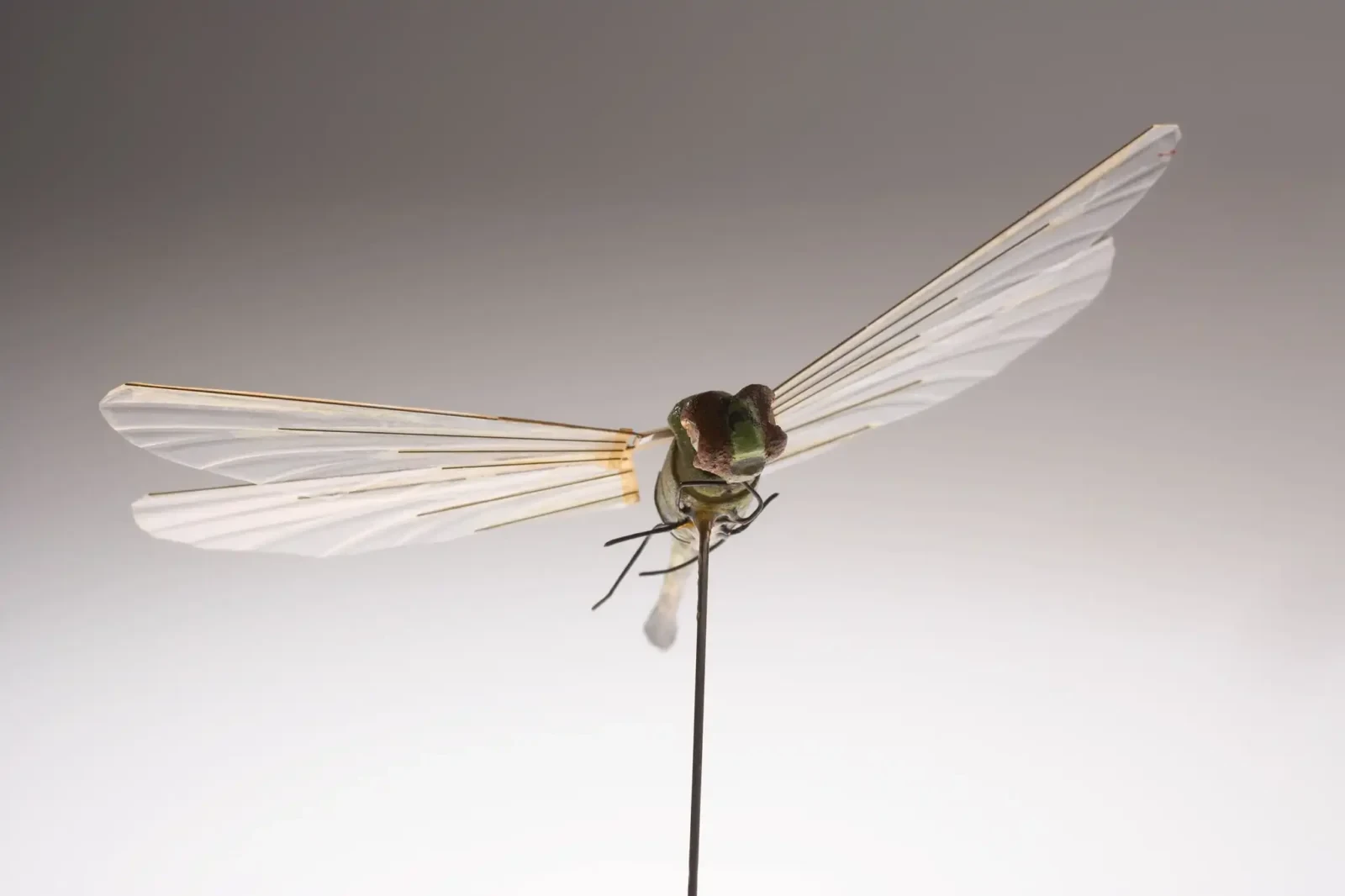Beluga whale Hvaldimir, suspected of being Russian spy, found dead in Norway
 The beluga whale, which Norwegians nicknamed Hvaldimir. (Photo via X)
The beluga whale, which Norwegians nicknamed Hvaldimir. (Photo via X)
Hvaldimir, a beluga whale that captured international attention in 2019 when it was first spotted wearing a harness seemingly designed for a camera, has been found dead in Norwegian waters.
The whale, which had been the focus of intrigue and affection, was discovered floating near Risavika in southwestern Norway on Saturday, according to Marine Mind, a nonprofit organization dedicated to the whale’s protection.
Mystery of Hvaldimir’s death: Investigations underway
Sebastian Strand, the founder of Marine Mind, confirmed the discovery, stating: “It’s heartbreaking. He’s touched thousands of people’s hearts just here in Norway.”
Strand noted that the cause of death was not immediately clear, though there were markings on the whale that could have been caused by birds or other marine animals.
Efforts are underway to send Hvaldimir to a facility where his carcass can be preserved long enough to determine the cause of death.
Hvaldimir, whose name combines the Norwegian word for whale, “hval,” with the name Vladimir, first alarmed fishermen when he was spotted in northern Norway in 2019.
The whale was wearing a harness that identified it as “equipment” from St. Petersburg, adding to speculation that he might have been part of a Russian reconnaissance mission.
Despite these suspicions, Russia never claimed ownership of the whale.

Beluga behavior: Hvaldimir’s unusual habits, human interaction
The beluga, believed to have been around 14 feet long and weighing approximately 2,700 pounds, showed signs of domestication and was remarkably comfortable around humans.
Unlike most belugas, which typically inhabit remote Arctic regions and travel in groups, Hvaldimir remained in busier waters, raising concerns among scientists and activists about his safety.
“He was completely acclimatized to human culture,” Strand explained, adding that it appeared Hvaldimir had “been in captivity for a lot of his life.” Marine Mind and other organizations worked diligently to educate the public and protect the whale as he navigated outside his usual habitat.
In recent years, Hvaldimir was seen moving farther south, including off the coast of Sweden last year, which took him away from his natural food sources and closer to more hazardous, industrialized waters.
Despite these challenges, Strand mentioned Hvaldimir seemed to be in good health as recently as Friday.
“I’m not sure what’s happened,” Mr. Strand said. “But we’ll find out.”

From pigeons to whales: A look at the history of spy animals
Throughout history, animals have been used as effective tools in espionage, from pigeons equipped with cameras during World War I to modern-day robotic insects.
Pigeons have been used as reconnaissance tools since World War I. Equipped with tiny cameras, these birds provided invaluable satellite-like surveillance as they flew over enemy territory.
During the Cold War, the Central Intelligence Agency (CIA) expanded on this concept with Operation Tacana, training pigeons to photograph Soviet facilities. The British Intelligence Committee also had a “Pigeons Sub-Committee” during this time, though its operations remain largely unknown.

Birds continue to play a role in espionage today, albeit with technological advancements. In 2013, China introduced drone doves – mechanical birds equipped with high-definition cameras and GPS signals capable of gathering intelligence over distances of up to 20 kilometers (12.4 miles). In India, a pigeon was found with camera equipment, sparking an investigation into possible espionage activities.
Some companies are now developing drones made from taxidermy birds. These realistic-looking drones can gather live satellite footage and are expected to be highly effective in covert missions.
Clandestine cats: Operation acoustic kitty
In the 1960s, the CIA attempted to use cats as listening devices in an operation called Acoustic Kitty. The project involved surgically implanting microphones and radio transmitters into cats. However, the project was eventually abandoned because of the impracticality of training cats for espionage tasks.

Dolphins: Underwater spy animals
Dolphins have been trained by both the U.S. and Soviet navies for underwater surveillance, mine detection and even attaching explosives to enemy ships.
These intelligent marine creatures possess excellent underwater vision and directional hearing, making them ideal for such tasks. Russia reportedly deployed dolphins during the Ukraine War in 2022 to protect naval bases from potential threats.
Future of spy animals: Robotic insects
The concept of robotic insect spies began during the Cold War. The CIA’s Insectothopter was an insect-sized unmanned vehicle designed to look like a dragonfly.

While innovative, the device struggled with wind pressure and ultimately had limited success.
However, the development of such technology marked the beginning of a new era in espionage, where the boundaries between nature and technology blur.



